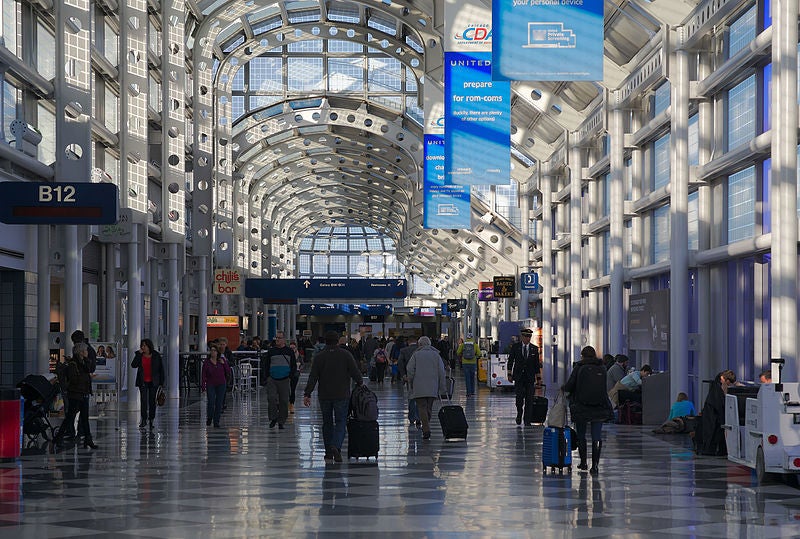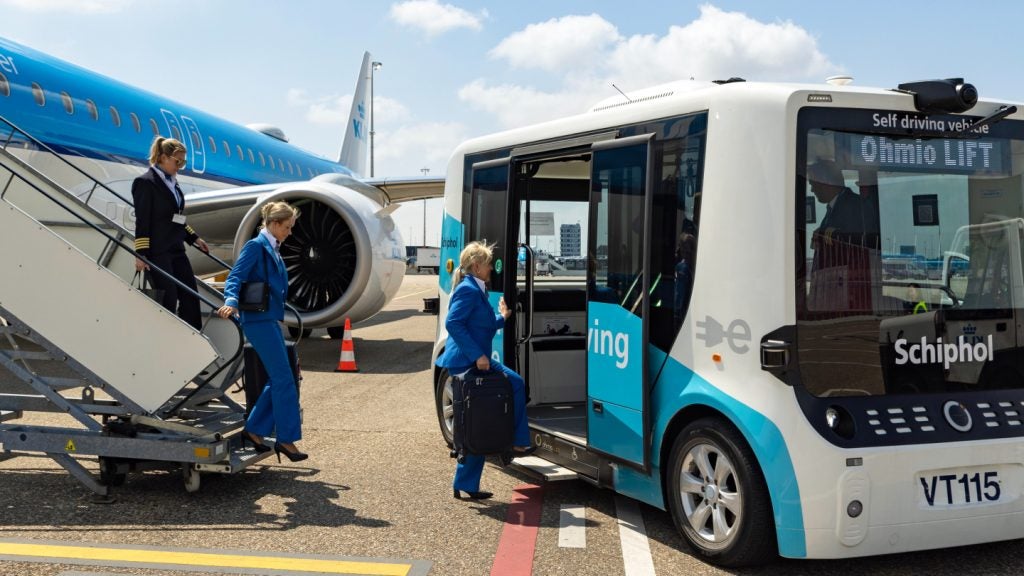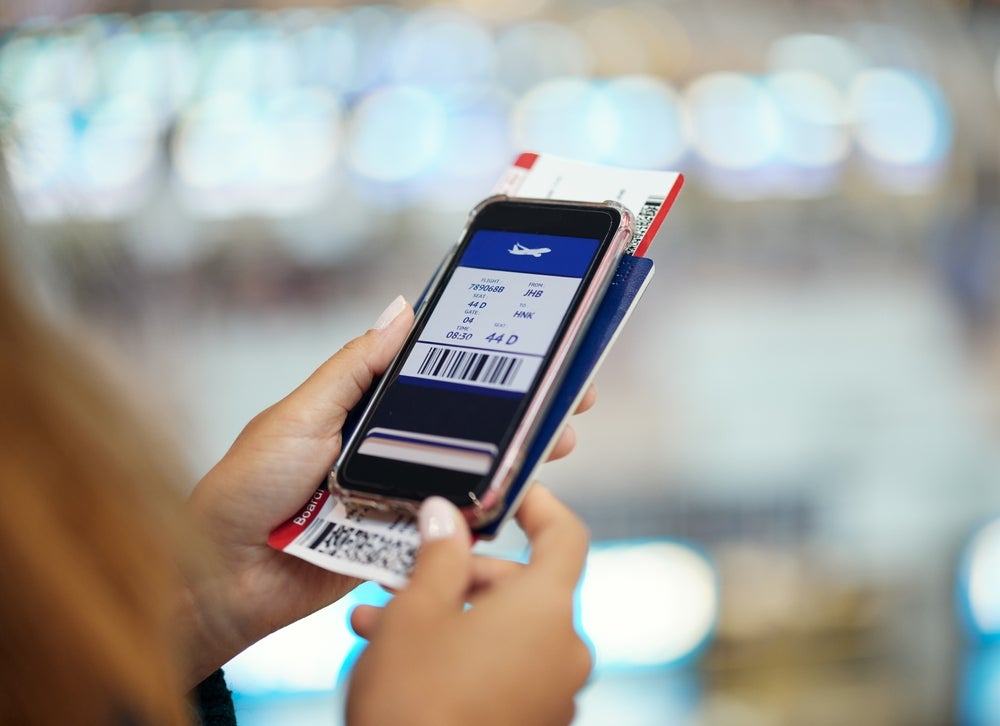
Chicago’s O’Hare International Airport in the US is installing computed tomography (CT) scanners for baggage screening.
The security scanners can produce 3D images to help Transportation Security Administration (TSA) agents gain a better view of contents in passengers’ carry-on bags from different angles.
The 3D images are clearer than flat the X-rays traditionally taken by airport scanners. TSA agents can rotate the image to gain a better view of the items. With the help of computer algorithms, suspicious items can be scanned that might need a closer look.
Terminal 1’s new scanner is not likely to start baggage screening until after the Christmas holidays as TSA still has to test the technology and train employees to operate it.
At the airport, the scanner will be open to United Airlines passengers traveling first or business class and certain loyalty programme members, reported Chicagotribune.com.
These scanners were first tested at Phoenix and Boston airports and are now gradually being deployed at airports across the country, reported News-gazette.com.
How well do you really know your competitors?
Access the most comprehensive Company Profiles on the market, powered by GlobalData. Save hours of research. Gain competitive edge.

Thank you!
Your download email will arrive shortly
Not ready to buy yet? Download a free sample
We are confident about the unique quality of our Company Profiles. However, we want you to make the most beneficial decision for your business, so we offer a free sample that you can download by submitting the below form
By GlobalDataTo date, the scanners have been deployed in 12 airports.
The TSA intends to have more than 190 scanners in use by the end of next year.
O’Hare will become the first airport to have a new scanner, along with an automated screening lane. This facility enables several passengers to place their luggage in containers at once.
The airport introduced a new type of screening lane in late-2016.
Furthermore, bags requiring additional review can be diverted without stopping those behind them. A second conveyor system takes empty containers back to the front of the line.
Installation of this technology will mean passengers are not required to remove items from their bags while passing through security checks. However, the regular rules of removing liquids will continue to apply until the system becomes operational.







